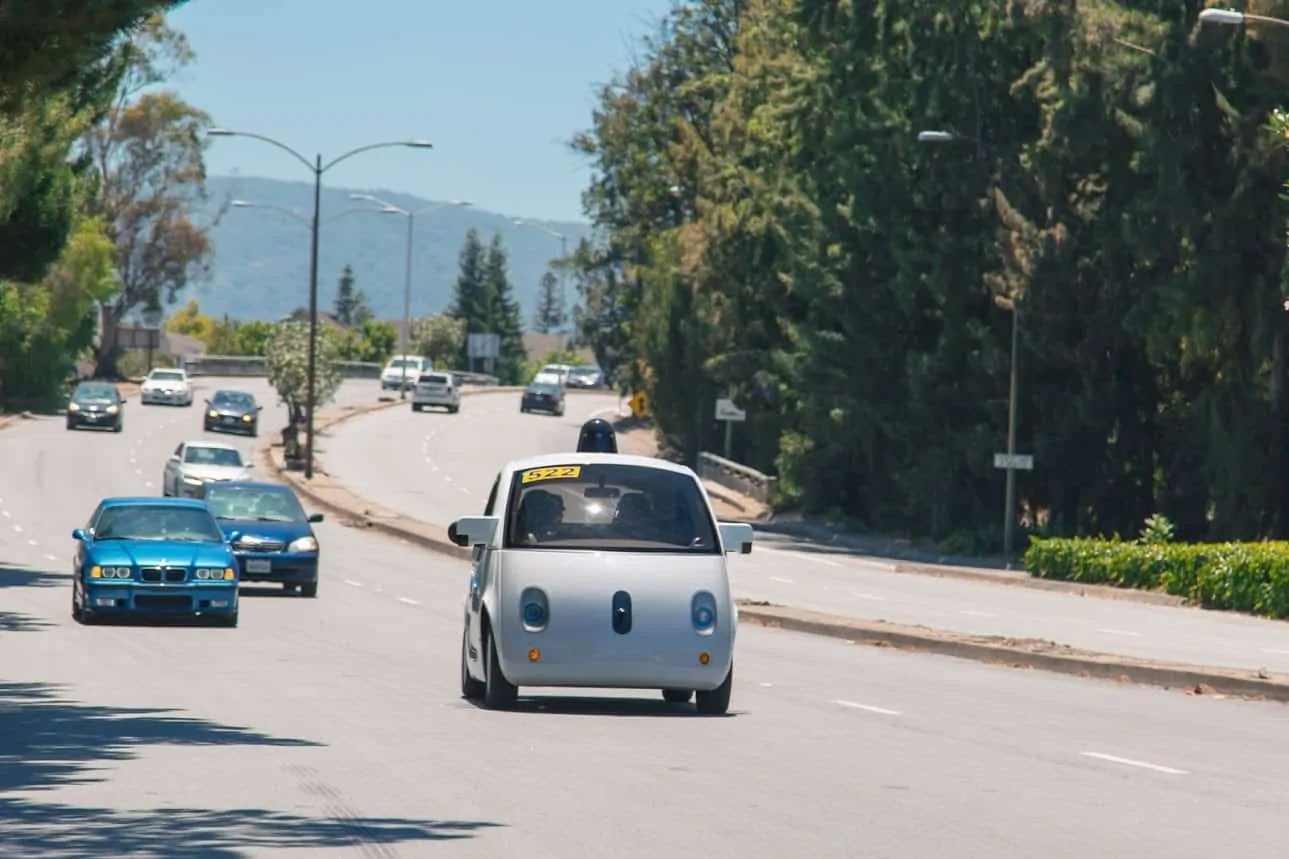Google’s effort to develop the next generation of transportation is finding some roadblocks it hadn’t anticipated. The company’s self-driving cars are learning that sharing the road with humans is going to require that they change how the move.
Google has managed to create vehicles that can drive themselves. That in itself is an impressive feat, but now the tech giant needs to find a way to incorporate them into a society that has only ever had complete control over the vehicles. In order to take their self-driving cars for a test drive, Google has had them unleashed on the streets of Palo Alto, California. You might predict that these nontraditional vehicles would be quick to cause some type of disturbance. After all, how careful can a self-driving car really be? The answer: too careful.
The project’s testing tour has seen 2 million miles of road travelled by a self-driving car. In that time, only 16 accidents have occurred that involved one of said vehicles. Impressively, Google’s cars have not been the direct cause of any of those 16 incidents. Instead, the cause is, of course, other (human) drivers. However, Google may have some part to share in the blame. Their self-driving cars don’t drive like we’ve grown accustomed to. That’s because the only drivers anyone has ever interacted with have been human, and not robots. The difference in the way humans manoeuvre a vehicle and in how computers do is causing some drivers to become susceptible to accidents. In short, self-driving cars are much more careful than their human counterparts, and this has become a problem. When you might expect a human driver to cut a corner, a robotic driver makes sure to leave ample room. When you might expect a human driver to creep forward at intersections, a robotic driver slows down and stops suddenly. Drivers haven’t had enough experience with Google’s self-driving vehicles to allow them to predict their actions as they predict fellow drivers’.
Google’s leader of the self-driving car project, Chris Urmson, says the current models are “a little more cautious than they need to be. We are trying to make them drive more humanistically.” Since 2014, Google has made some improvements to its driverless vehicles. For example, due to an upgrade in pedestrian detection, self-driving cars will stay closer to a curb in the way a human would. If Google’s cars, or any other autonomous car, is to be successful in gaining deep integration within human society, they’ll need to act a little less like the computers that they are, and a little more like the humans they’re attempting to replace.

